QuestionHi Jaymie, my name is Jenny. 3&1/2 weeks ago I purchased a 20 gallon aquarium. My tank was up & running for a little over a day before I got my fish. (Which the people at petsmart said was ok) I bought & put 2 dalmation lyretail mollies, 1 dwarf gourami, & 1 ballon belly molly in the tank. Everything was perfect with the tank since the start, minus the PH & the alkalinity being high (which has been that way since day one) Then 2 weeks into having the tank the ammonia randomly shot DANGEROUSLY high. I did a partial water change, but it did not help, & the ammonia remained high. One week after getting my fish, one of the dalmation mollies had fry. I immediately got a breeder box where the Fry have remained for 17 days now and WERE doing great. This past Friday night, 4 days ago, I checked the chemicals in my tank, and the Nitrate & Nitrite levels were through the roof. Along with the already high PH & Alkalinity, & ammonia. I had bought ANOTHER 20 gallon tank when the molly had babies so that I would have adequate enough space for all the fish. That new tank had been cycling a little over a week. All the chemical levels were great in it, except for once again the high PH & Alkalinity. So I slowly transferred ALL my fish over to that tank, because my Male molly had started swimming upside down, sideways, and twitching erratically, & my other big fish were not their normal active selves. I put the fry back into the baby box in the new tank as well. Within an hour after transitioning, all fish went back to normal almost immediately. They were playful, active & the male Molly was his usual swimming upright self again. Starting Saturday, one day after transferring everyone, I lost a fry. Sunday, lost a fry. Monday, yesterday, came home to yet a THIRD fry dead and my Male molly swimming upside down & irratic again. Checked all levels again, everything was the same. This morning the male molly was belly up. I went to take it out and & it twitched, so it wasn't dead... YET. Can you PLEASE help me. I have no clue what to do or try. I got my tanks at petsmart, and their advice has been very limited. I have now lost 3 fry and about to lose a molly in 4 days. I am new to fish & aquariums, but have done much research since I've gotten the tanks. My little knowledge tho is leaving me helpless trying to save my fish. Is this tank going to crash like the other? I checked the levels in my tap water as well and they are truly PERFECT, no high PH no high Alkalinity & NO ammonia present at all. There has got to be something I can do or try, to where I won't continue losing my fish. I've now lost 4 in 4 days & now my dwarf Gourami is being less active. HELP PLEASE?!?!
AnswerJenny,
Unfortunately, pet stores know little to nothing about the fish they sell, and you found out the hard way. What's happening is, the tank was not properly cycled before you added the fish. The cycle process takes 6 weeks and sometimes longer. It is better to have no fish until it is cycled because, as you found out, it can kill fish. Since you have fish in the tanks, you will have to test the water daily, and do water changes accordingly. Ammonia and nitrites have to be zero at all times, and nitrates no more that 20ppms. Do not add any more fish to either tanks. Here is how I have cycled my tanks for the past 35 years.
You set up the tank with everything you are going to put in minus the fish. Make sure you rinse the gravel very well before you add it to the tank. You will want to do this with everything being added. Once it is all clean, add the gravel, decorations, plants, filter. and water. If it is a tropical tank, you will add a heater. Turn everything on and let it run for a week before you start testing. You will see the water getting cloudy, that's normal. During the cycle process, two bacteria blooms will set in. The first bloom is the bad one. This is the bacteria that can kill the fish that are in the tank. After the tank has been running for about 14 days, you will start seeding the tank. We do this by adding fish food and leaving it in the tank. This will start the ammonia spike the filter needs. Seed the tank for 5 days. About a week to ten days later, the second bacteria bloom will set in. This is the one that both the tank and the fish need to stay healthy. After the tank has been running for no less that 5 weeks, you will start testing the water daily. If you have a reading of ammonia and/or nitrites, you will do a water change. The higher the reading, the bigger the water change. You will test daily for 1 week. If you test clean for 5 days in a row, the tank is cycled. If at any time, you test during the 5 days, and get a reading of ammonia and/or nitrites, you will do a water change and the 5 day testing starts all over. It is very important that you test with zero ammonia and nitrites for 5 days straight. If on day five, your ammonia and nitrites were zero for ALL five days, the tank is cycled and you can begin adding fish. Only add two at a time and leave them in the tank for 2 weeks, before you add any more fish. This will help ease overload on the filter. Always add the minimal amount of fish to keep the balance even. All fish added after the initial two, need to be placed in your hospital tank for two week prior to adding them to the main tank. This will help ensure the fish are healthy and will not cause any health issues with the other fish.

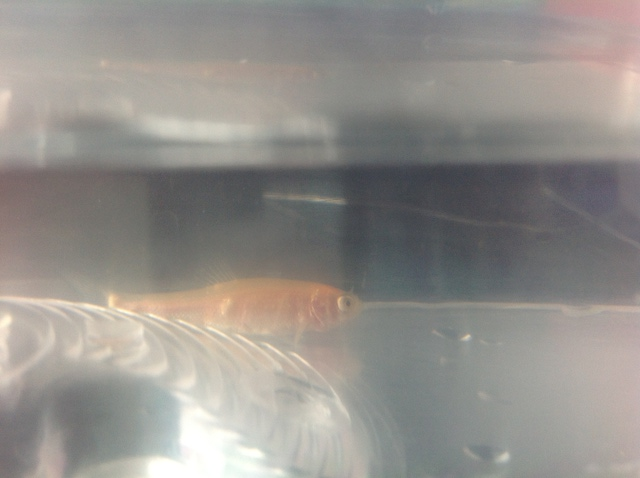 My fish has weird bumps
Question
Side view Front view
Hi there! I
My fish has weird bumps
Question
Side view Front view
Hi there! I
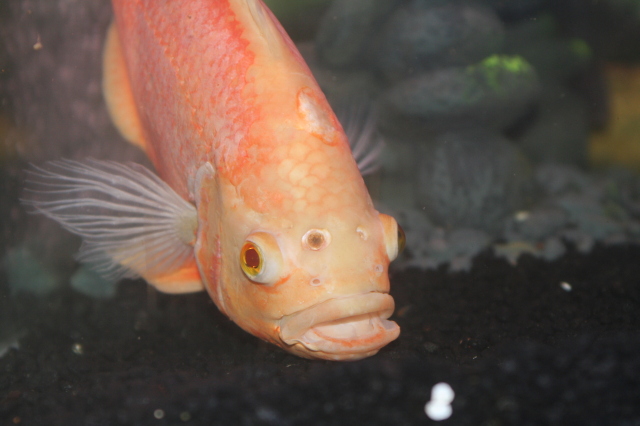 Jack Dempsy
Question
Oscar
Follow-up photo of the Oscar with hole i
Jack Dempsy
Question
Oscar
Follow-up photo of the Oscar with hole i
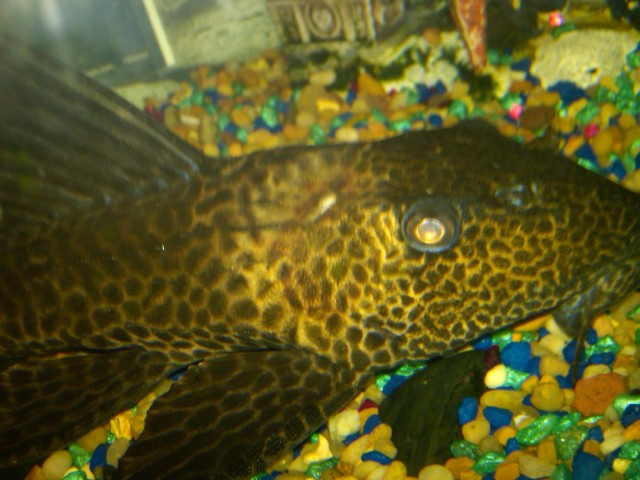 My 4 year old Platys
QuestionQUESTION: It has developed a gash on the back o
My 4 year old Platys
QuestionQUESTION: It has developed a gash on the back o
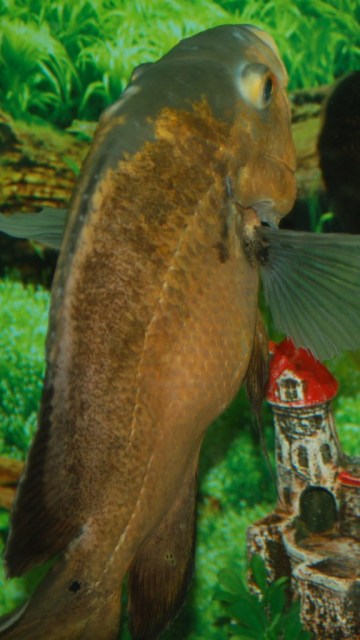 5 Year Old Female Oscar Large Lump On Each Side Trouble Breathing
Question
Here Is The Picture Of
Hello Ron.
5 Year Old Female Oscar Large Lump On Each Side Trouble Breathing
Question
Here Is The Picture Of
Hello Ron.
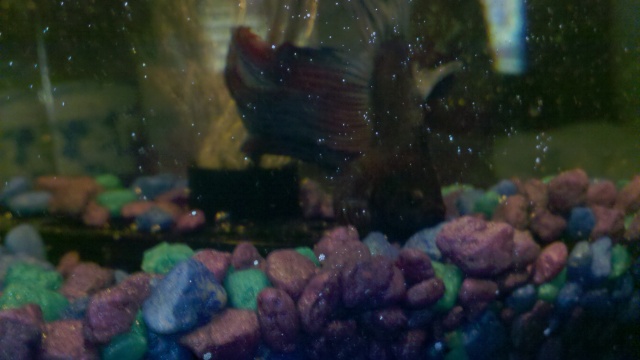 betta pregnancy
Question
betta
I had my female betta in a 50 gallon fis
betta pregnancy
Question
betta
I had my female betta in a 50 gallon fis